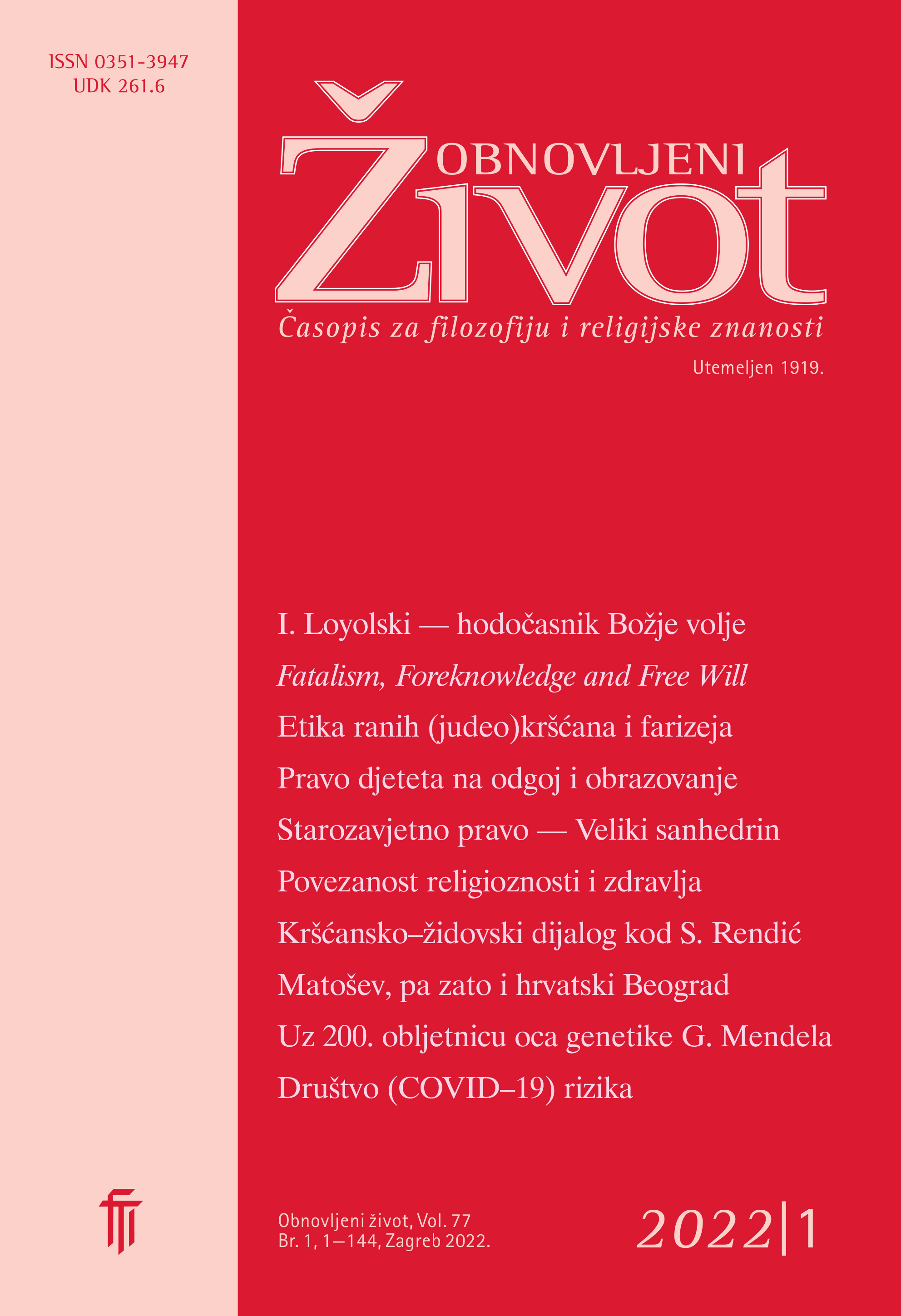The Association Between Religiosity and Physical and Mental Health — Research, Insights, and Clinical Practice
Keywords:
religiosity, physical health, mental health, prayer, mediation mechanismsAbstract
The aim of the paper is to present scientific, theoretical and clinical insights into the association between religiosity and health. Research has found the association between religiosity and physical and mental health to be mainly positive, while only a small number of studies have determined no association or a negative association. We have given an overview of scientific research on the positive and negative connections between religiosity and physical and mental health. Several authors presented methodological and ethical objections to the research conducted. However, there is a consensus by most authors that the association between religiosity and health is a valid and important field of research. We have presented theoretical models of the connection between religiosity and health with a description of the complex interrelationship between mediation mechanisms. There are five basic models, namely, the suppressor model, the distress–deterrent model or counterbalancing model, prevention model, moderator model and health effect model or stressor effect model. The main mediation mechanisms are biological, behavioural, psychological, social and transcendental. Scientific findings have found their application in clinical practice — especially psychiatry — enabling the best possible health care for the religious patient. At the end of the paper is a review of future scientific research.
Downloads
Published
Issue
Section
License
Jednom prihvaćeni članak obvezuje autora da ga ne smije objaviti drugdje bez dozvole uredništva, a i tada samo uz bilješku da je objavljen prvi put u Obnovljenom životu. Uredništvo će obavijestiti autora o prihvaćanju ili neprihvaćanju članka za objavljivanje.
Članci objavljeni u časopisu se, uz prikladno navođenje izvora, smiju besplatno koristiti u obrazovne i druge nekomercijalne svrhe.


